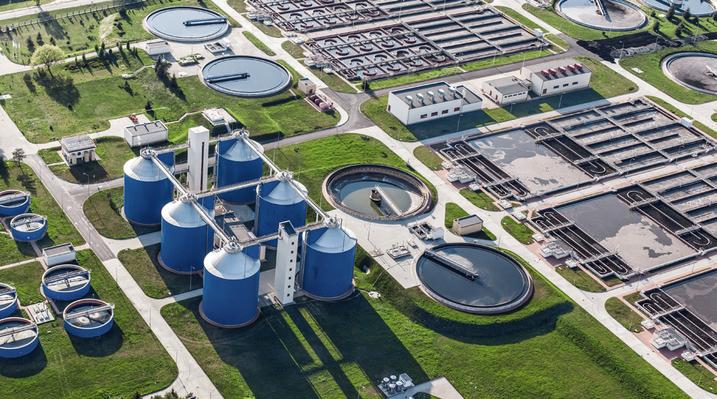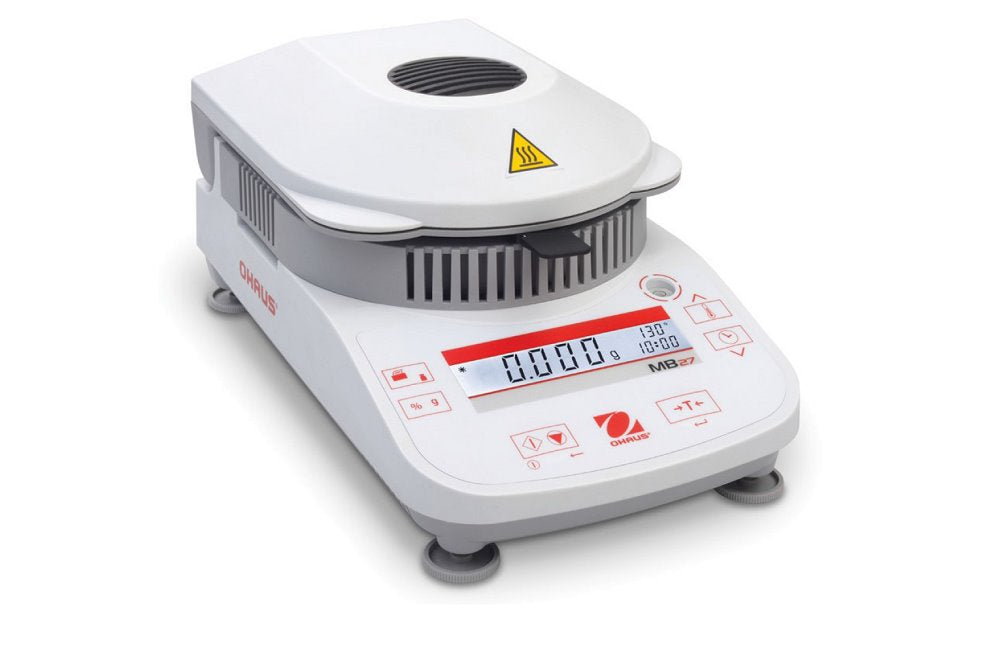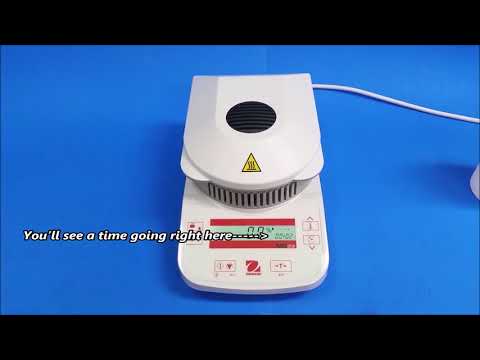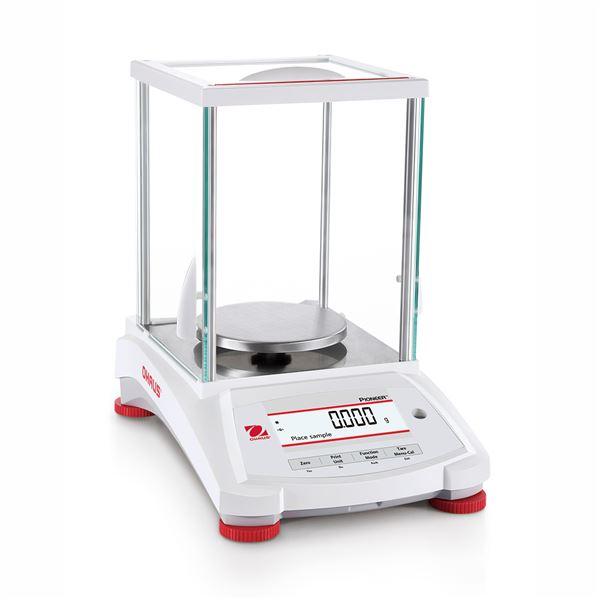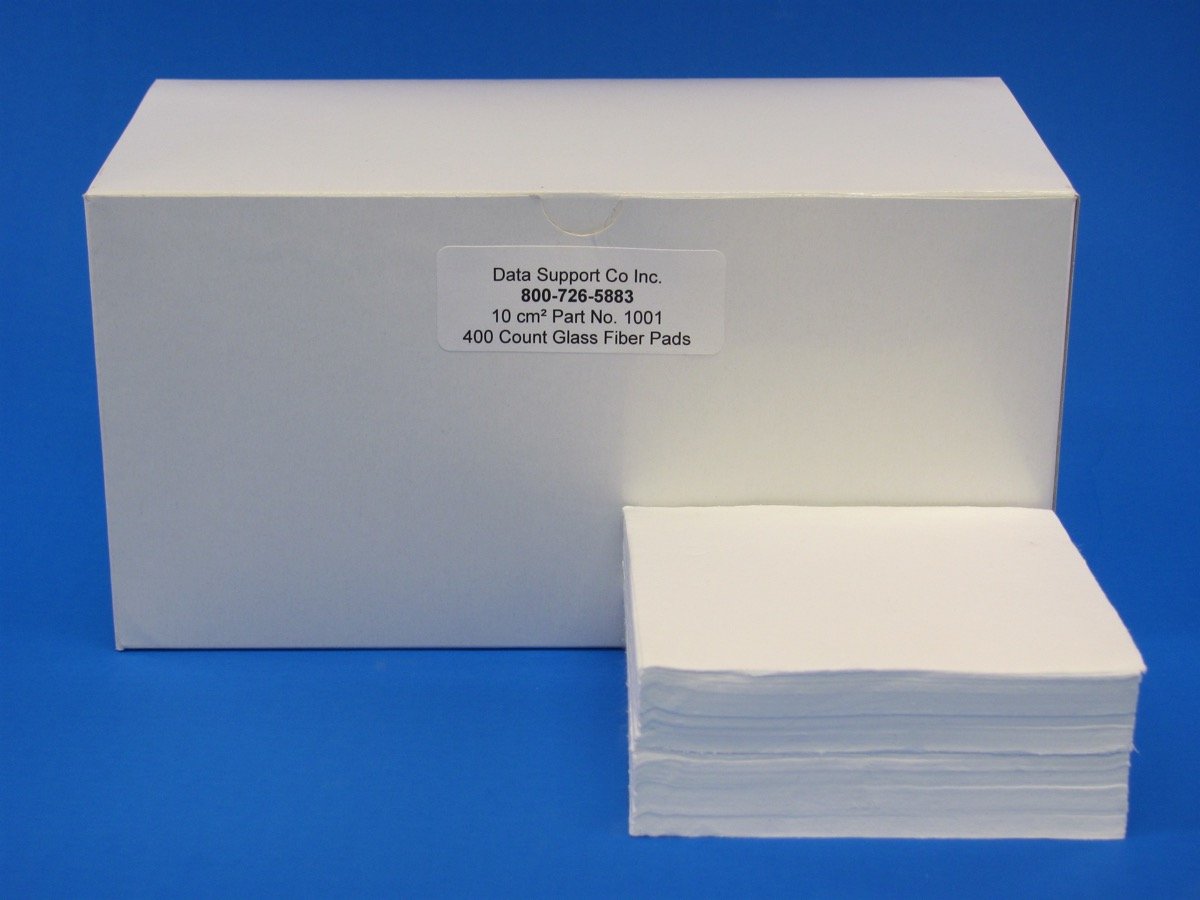Setting up an appropriate wastewater treatment system is not just a legal but also a moral responsibility for every industrial business producing wastewater. However, setting up a wastewater treatment plant is complicated and many business owners don’t know where to begin. That’s why in this article, we’ll cover this complex process in a simple step-by-step format. Our goal is to give you a concise overview of each step along with any legal requirements and best practices where applicable. So without any further ado, here’s an overview of a typical wastewater treatment process divided into two distinct stages:
Primary Stage of Treatment
The primary treatment usually involves the following three steps:
1. Screening
At this step, screening equipment is used to remove any large objects such as plastics, cotton buds, rags, broken bottles, and whatever else is lurking in there. This can be done as simply as using a single screen or as sophistically as using multiple screens of different types in combination with grinders.
2. Grit Removal
Particles of heavy materials like sand and silt are referred to as grit. At the second step of primary treatment, grit is removed from the wastewater using grit chambers. If you’re looking for something affordable, you should look into a vortex-type grit chamber. The goal with these first two steps is to prevent any damage to the equipment further down the process.
3. Primary Settling
While grit settles quite fast, there are other materials called the primary sludge which take a longer time to settle at the bottom of the tank. This step is all about removing that primary sludge using scrappers and then pumping the water out for further treatment, ultimately removing any macrobiotic solid matters. At this point, the percentage of solids in the wastewater is counted to ensure that it’s within the 4-6% range before moving to the next phase of treatment.
How Percentage of Solids in Wastewater is Measured
Most plants use a microwave moisture analyzer to measure the percentage of solids due to their exceptional accuracy and speed. One such device is the Reconditioned CEM Smart System 5 we have in stock at an affordable price ($12,500 as of this writing). Using this advanced system, you can get a result within just a few minutes. However, if the CEM Smart System seems too expensive, there’s another type of moisture analyzers commonly known as moisture balances. These devices are perfect for small wastewater treatment operations on a tight budget. For instance, the Ohaus MB27 Moisture Analyzer costs just $2,439.5 as of this writing. However, as you can probably imagine, these devices are far slower than a microwave analyzer. With the two most popular types of moisture analyzers covered, let’s move on to the secondary stage of treatment.
Secondary Stage of Treatment
The secondary treatment stage usually consists of the following four steps:
4. Aeration
This is the step where most of the treatment takes place. Activated sludge is mixed with wastewater by pumping air into aeration tanks, thus creating a thriving environment for microorganisms to biologically degrade the remaining organic matter. However, the oxygen gas levels must be above 2 ppm for it to be effective. Furthermore, the aeration process can be significantly improved by keeping the pH level in the aeration tank within the 6.5 to 8.5 pH range, as microorganisms thrive in such an environment.
You can control the pH level by monitoring it with a reliable pH meter from a reputable brand such as the Ohaus Starter Series pH Electrode ST260 available on our site.
Based on the measurement, you can then add a suitable substance to either reduce or increase the pH level to bring within the 6.5 to 8.5 range.
5. Secondary Settling
As the particles from the aeration process settle down, treated wastewater is separated using secondary clarifiers. By the end of this step, which takes around 3-6 hours, about 90% of the treatment is already achieved. In the end, a solid counting test is performed again. If there are more than 1-2% of solids present, the wastewater is sent back to the aeration tank. Otherwise, the effluent is moved to the next step.
6. Disinfection
At this step, the treated wastewater is disinfected using a mixture of chlorine and sodium hypochlorite to eliminate any harmful organisms still remaining. This is achieved using a chlorinator.
7. Discharge
Once the wastewater is filtered and disinfected, it’s tested for multiple parameters such as making sure at least 98% of the pollutants are removed and the dissolved oxygen level is 200 mg/L on average. You can measure the oxygen level using the Ohaus Starter Series pH Electrode ST260 we mentioned earlier.
Passing those checks, the water is completely stabilized and meets the quality standards to discharge it to the river.

